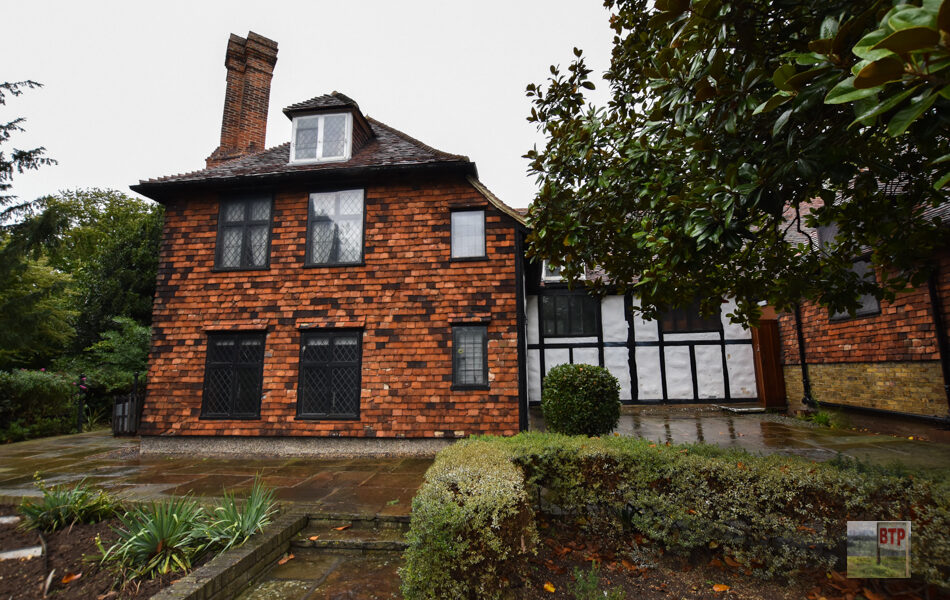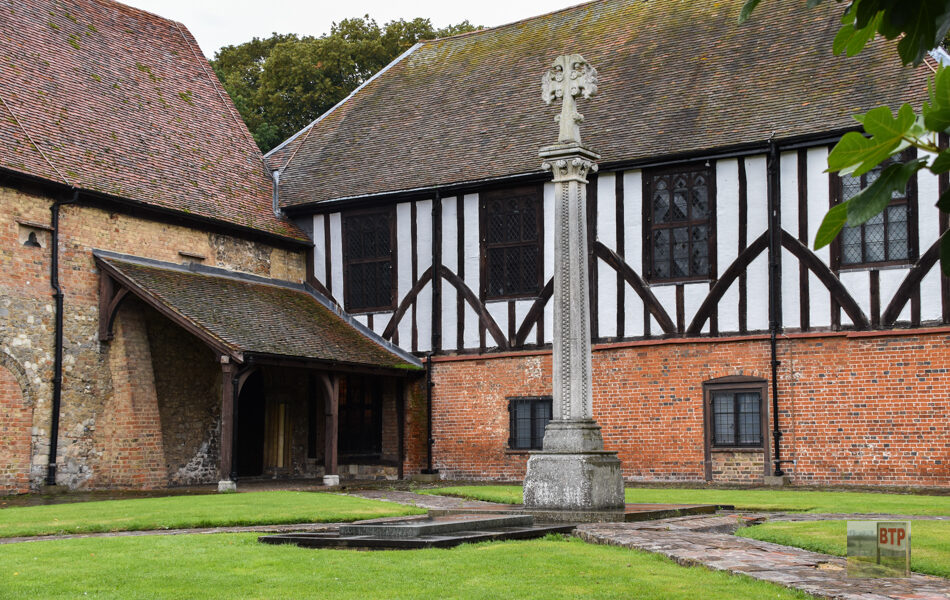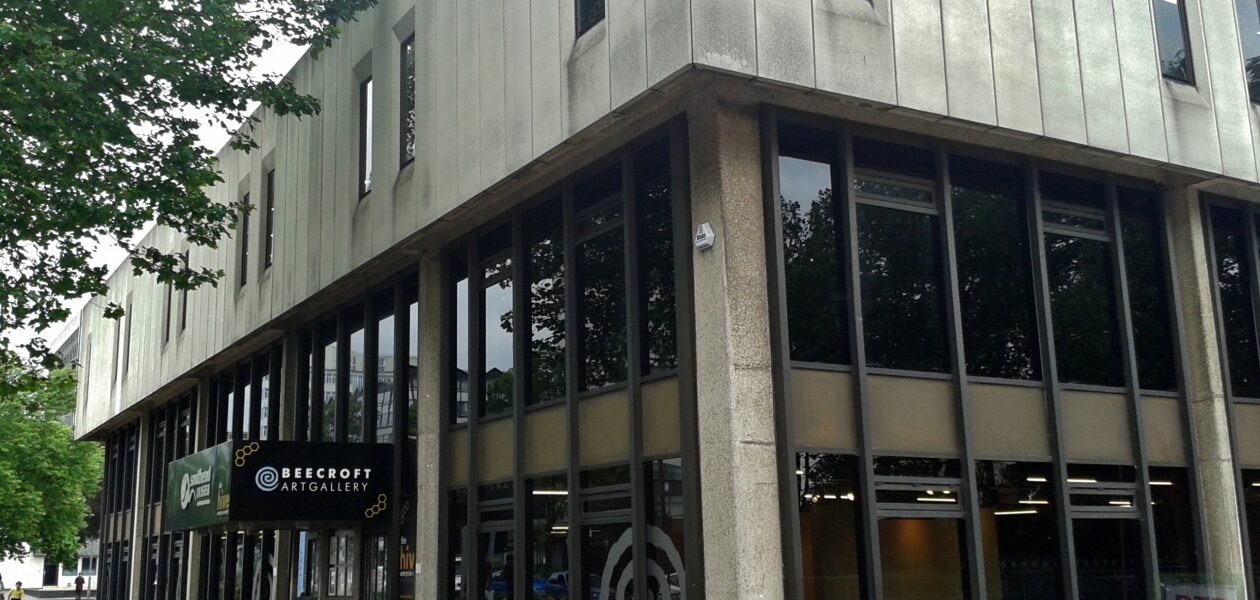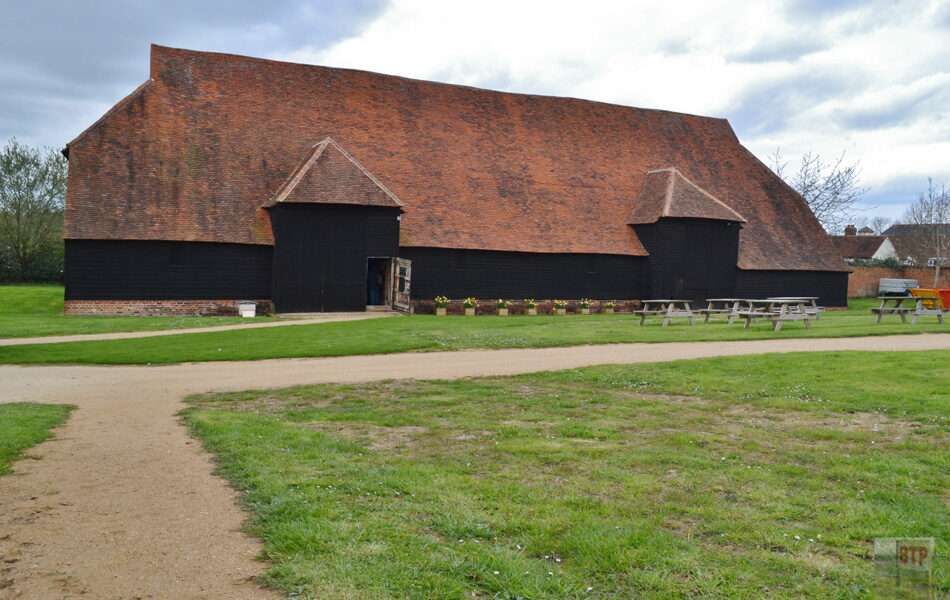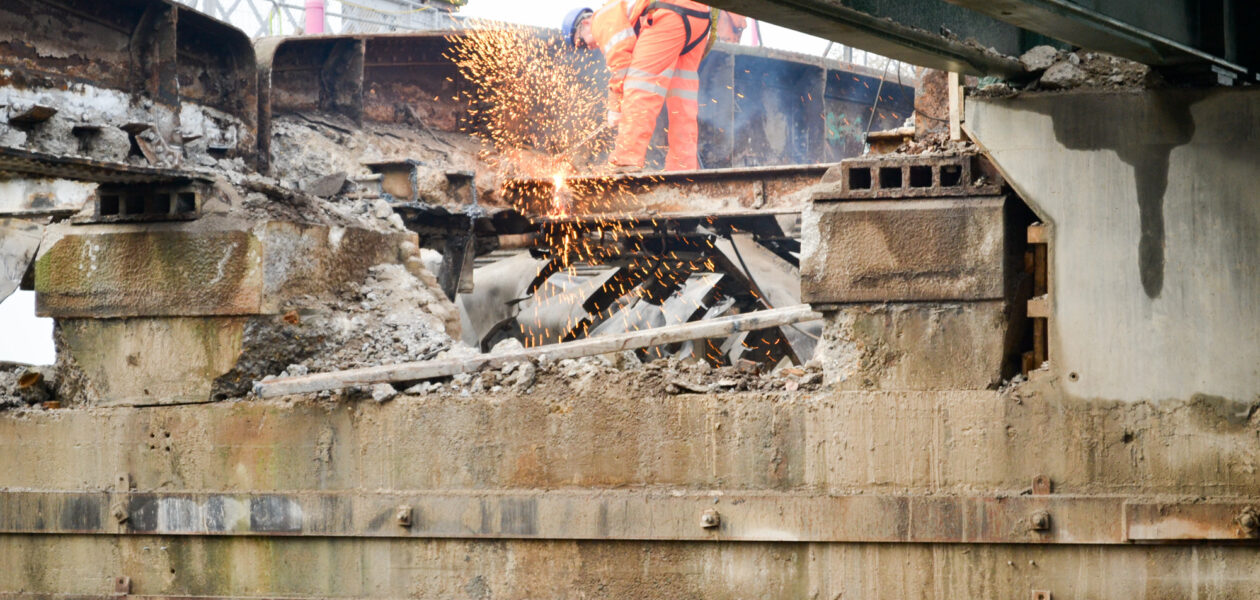Southchurch Hall
Southchurch Hall is a moated house, clearly rather grand, dating back to the Middle Ages (14th Century) with extensions added in the Tudor era and 1930s. The de Southchurch family were the original residents of the house, and its great hall was likely to have been built on the site of a Saxon hall. Solars…
View More
